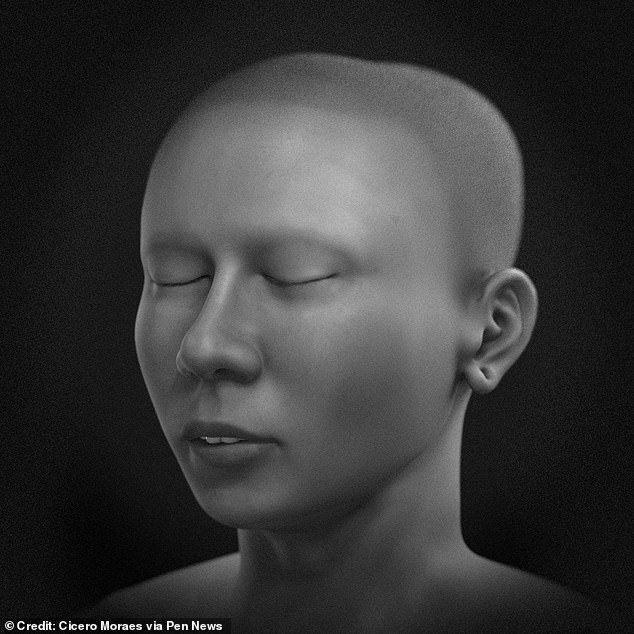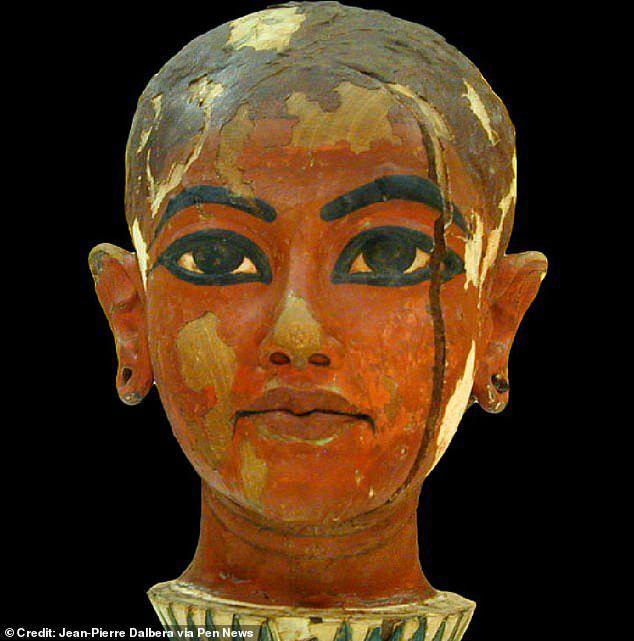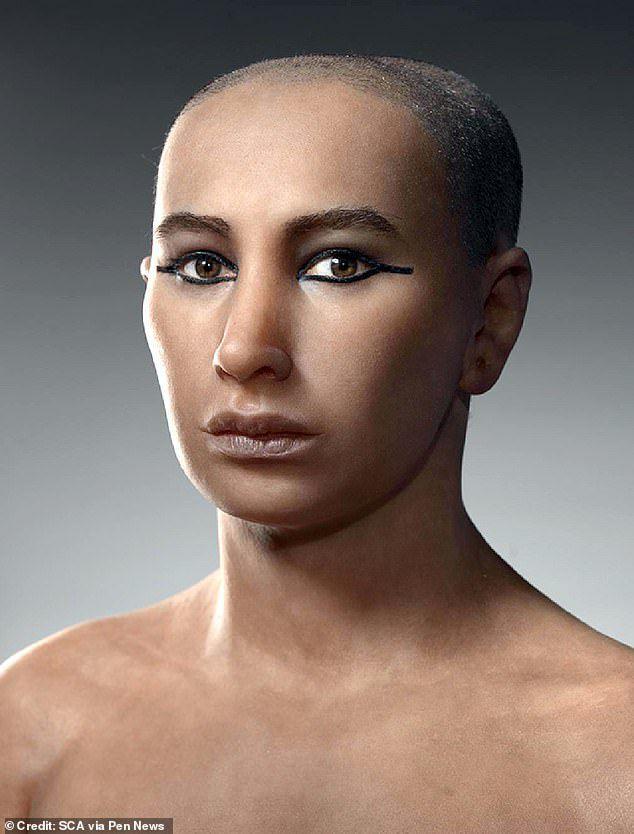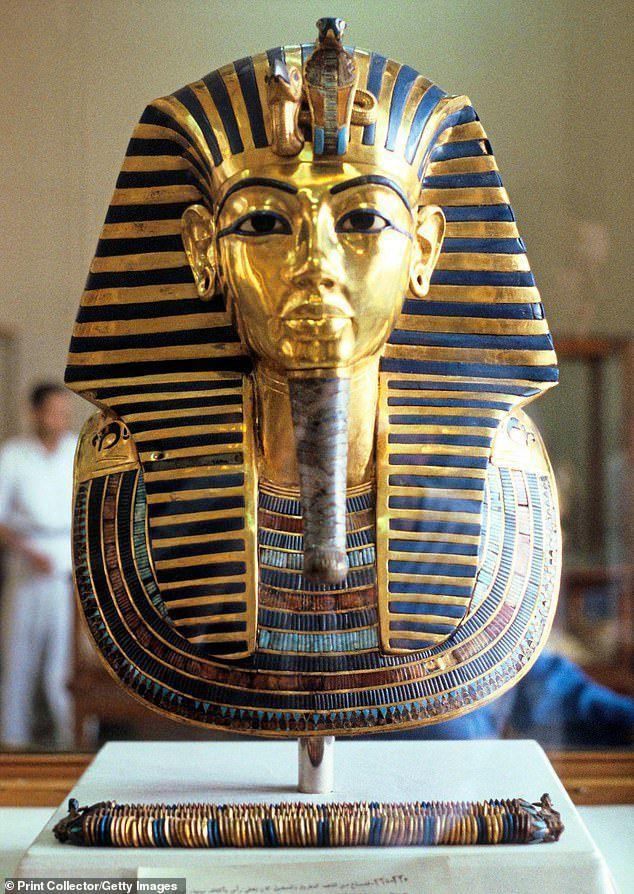
Tuantkhamun’s death mask, with its strikingly lifelike features and intricate gold craftsmanship, has been one of the most iconic images associated with ancient Egypt. However, despite the mask’s detailed depiction, the young pharaoh’s actual facial features remained unknown until recently.

Archaeologists, Egyptologists, and experts in various scientific fields embarked on a project to recreate King Tutankhamun’s face. This endeavor involved using state-of-the-art technology, including computed tomography (CT) scans and 3D printing.

The process began by conducting a CT scan of Tutankhamun’s mummified remains, which are housed in his tomb in the Valley of the Kings. The detailed scans provided information about the pharaoh’s skull and facial structure. This data was then used to create a 3D-printed model of his face.

The project’s goal was to provide a lifelike representation of the young pharaoh’s face, shedding light on his true appearance. The resulting reconstruction revealed a young man with delicate, well-proportioned features. King Tutankhamun’s face, concealed behind his golden death mask for millennia, was now visible to the world.

This reconstruction offers a new perspective on one of Egypt’s most enigmatic rulers, allowing us to see beyond the symbols and artifacts associated with his reign. It provides a glimpse into the face of a young king who ascended to the throne at a tender age and died mysteriously. The unveiling of King Tutankhamun’s face after thousands of years is a testament to the ever-evolving capabilities of modern archaeology and scientific techniques, bringing ancient history to life in ways previously unimaginable.






